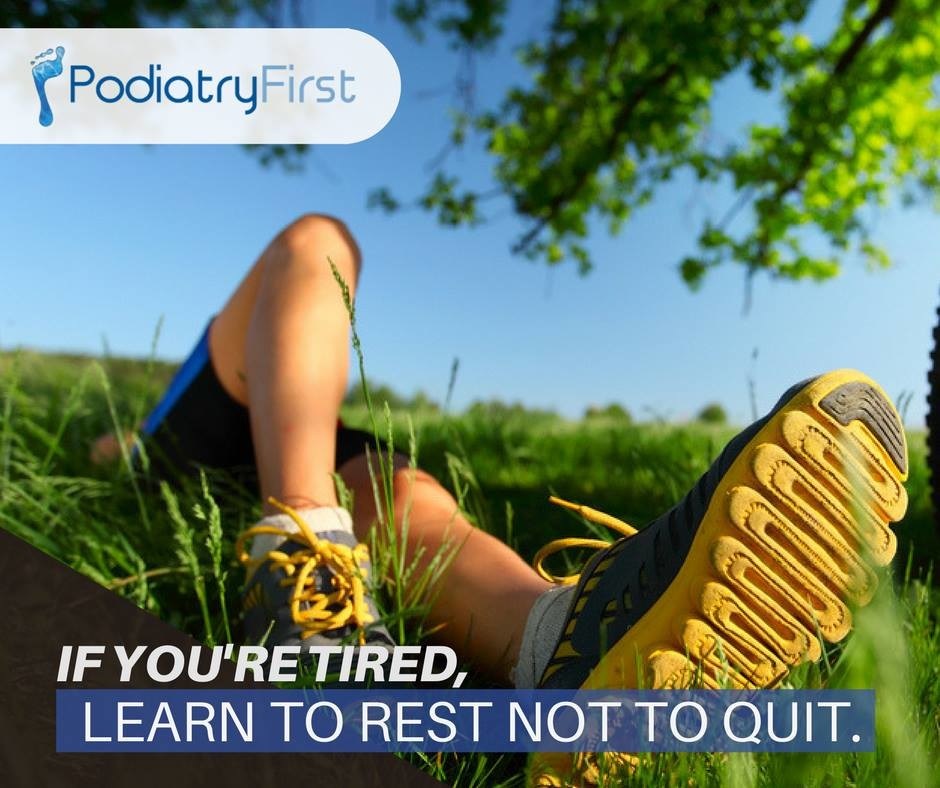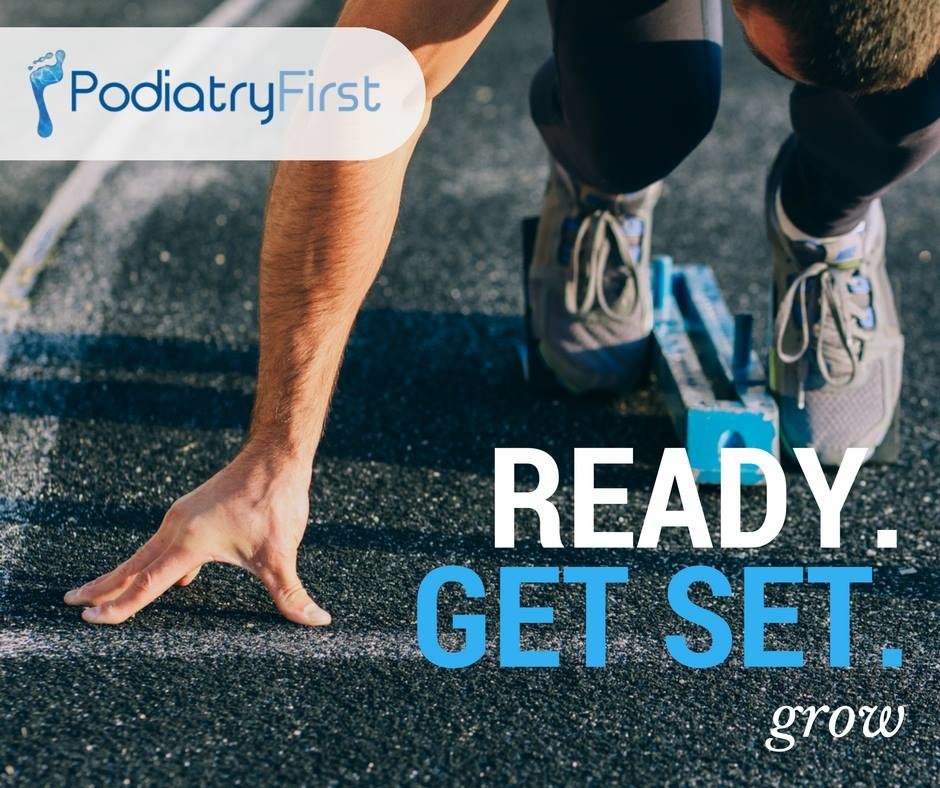
5 Tips to Better Running Form.
If you’ve been running for years without injury or aches and pains, you’re probably doing it right and don’t need to alter how you run. If it isn’t broken, why fix it right?
Changing up your running technique is not something that should be done over night, you could actually do more harm than good. Always have someone with you to help guide you and even record your running form. Watching yourself on a smart phone is a lot safer than watching your reflection in a shop window. Likewise, having someone talk you through what they are seeing is hands down better than trying to tick off boxes in your head.
If you do feel like your running technique could use a little work, here are five simple things that I always look at when looking at running form. Remember, introduce changes slowly, and never run through pain.
1. Hold your head up
Focusing on holding your head high is important for your whole posture! I always say:
“Imagine a you are a puppet being held tall by a string attached to the top of your head.”
I have found this to not only correct the head position but also straighten the back, getting rid of that closed slumped position. An important part of proper running form is maintaining good posture. Holding your head high, your back straight and look straight ahead. Keep your gaze away from the ground, your smartphone or the store window.
It is important to focus on keeping your head tall, not on straightening your back. It is easy to over correct when thinking about keeping a straight back and being counter productive to your running technique.
2. Drop your shoulders
Running should always be relaxed! Sounds easy enough… Relax and drop your shoulders. This will allow for a more fluid ride with a much smoother flow. If you look at all the elite runners, they make it look easy and effortless.
As people fatigue it is common to see running form quality reduce. Runners tend to raise their shoulders and subsequently become tense. A stiff upper body causes abnormal rotation through the hips lower limbs increasing strain and impacting forward flow.
“When fatiguing, be conscious not to raise your shoulders.”
3. Tidy up your arm swing
Arms are more important in running technique than most people realize. Directing arm swing is very important for controlling and effectively directing energy, and in turn improving efficiency.
Arm swing should be directed straight forward and back; not crossing the mid-line of the body. This way we can take advantage of kinetic energy and use it to balance out the legs and also propel the body.
Elbow position is a little controversial considering some of our leading marathon runners seem to mix it up. However, traditionally a suitable elbow angle is 90° with hands held loose in unclenched fists. People imagine holding drumsticks or fragile egg shells for that “loose grip”.
Keep your elbows in and drive them straight forward and back.
“Keep your shoulders relaxed and your hands loose.”
4. Forward tilt
It is well known with good running form there is a slight forward lean, but it is important to understand this “forward lean” comes from the ankles not the waist.
When assessing running technique I tend not to mention forward lean unless I can see that the form is excessively upright or they are bending at the waist.
Having a slight forward lean helps utilize momentum and allows for a rolling run. Like your shoulders, watch your running form when fatiguing. When you get tired, you’re more likely to start leaning backwards, throwing your running form to the curb.
5. Strike the ground under your body
Heel, midfoot or forefoot striking, what is best…? Really that is all up to the runner and what they are comfortable with. Yes different strike patterns have different loading points through the lower limbs. However, if you aren’t having pain and needing to redistribute loads than does it really matter as long as you are comfortable?
What I focus on is where in relation to the bodies center of mass the foot is striking the ground. Lots of people assume a longer stride means a faster run, and by stretching that foot further ahead you can increase the ground covered and achieve a faster finish time.
Sounds pretty straight forward. However, by reaching the foot out in front of the body you can begin to overstride. This can not only increase your risk of injury but actually have the opposite effect of what you are aiming to achieve. Overstriding has been shown to brake forward momentum, creating a heavy run and increase loads through particular joints and muscle compartments.
Optimally, to increase your speed and soften your run, focus on a higher cadence (turnover of steps) and drive the leg back under your body from the hips.
“The knee should be over the foot, shin vertical with the foot striking under the body.”
It is commonly said that the optimal cadence is 180 steps per minute for the most efficient stride turnover.
So that’s it. Five tips to better running form:
- Upright head position
- Relaxed shoulders
- Straight arm swing
- Forward tilt
- Strike the ground under the body
Take note that any changes to running technique should be done gradually and optimally under supervision and guidance.
If you would like to have your running technique assessed CLICK HERE to make an appointment or call Podiatry First on (02) 9387 1545.
Leave a reply







My sister was thinking about getting a podiatrist. She would love knowing how to better take care of her body for the future. It might make sense for her to look into trying to redistribute the load.
ReplyNice Post!!
ReplyThis is awesome. I try to get out there 4 times a week with one being a long run. I am a stronger believer in running consistently. . I feel motivated already! Thank you for sharing.
ReplyHi, I read Your blog and I am very impressed after reading your blog, and your information about running tips is very helpful for me. thank you very much.:)
Reply